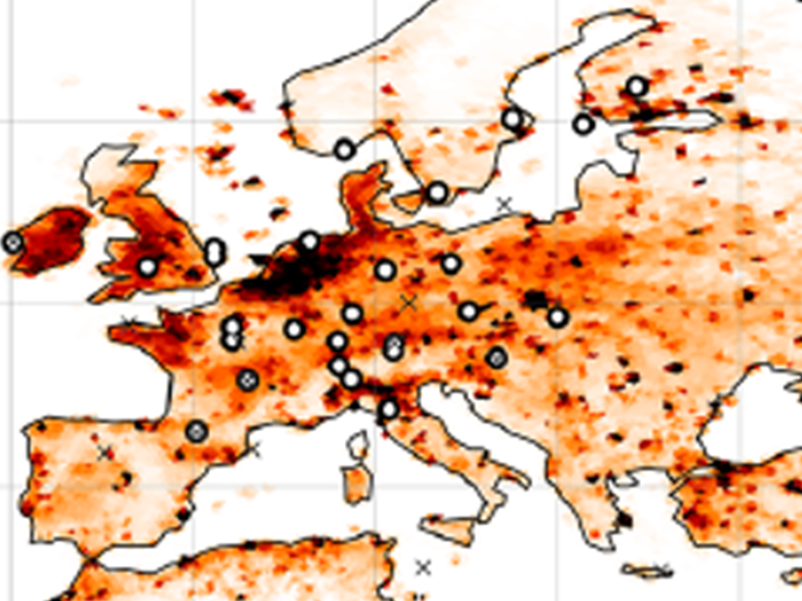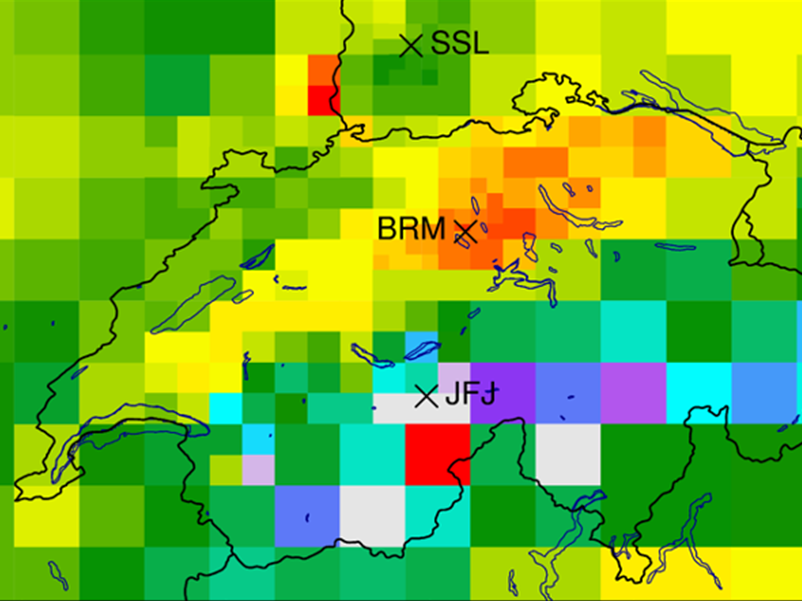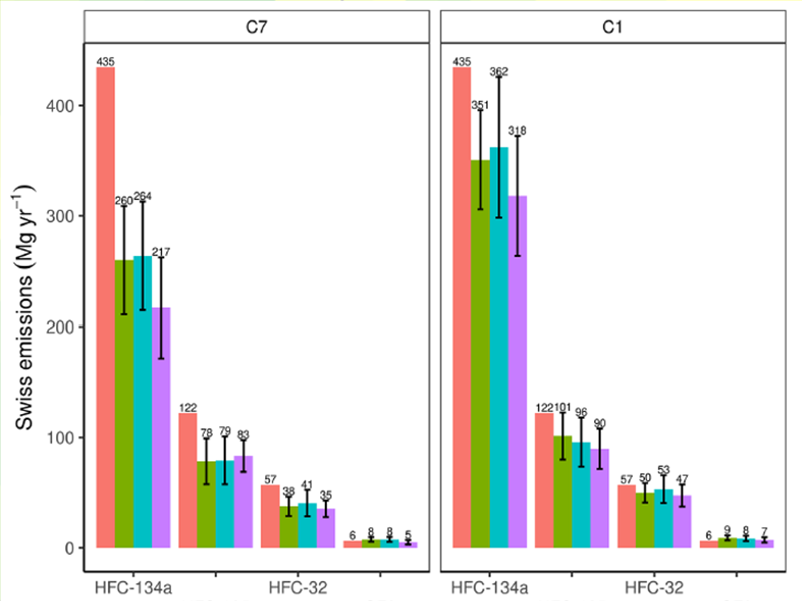Greenhouse gases
Inverse modelling of greenhouse gas fluxes is an observation-based method to estimate sources and sinks of long-lived on different spatial scales. Observations can be taken from traditional surface in-situ networks, mobile platforms and remote sensing. An atmospheric transport model is required to determine a quantitative link between observed concentrations and fluxes. An optimization method (inversion) then determines the most likely flux distribution given the observations and prior information. Results of inverse modelling serve as an independent validation tool for climate mitigation policy.

European Scale CH4 fluxes determined with ICON-ART CTDAS inversion system

Swiss Scale N2O fluxes determined with FLEXPART-COSMO ELRIS inversion system

City (Zürich) scale CO2 fluxes determined with ICON-ART CTDAS inversion system

Estimation of Swiss emissions of four halogenated compounds using two different transport models








-
Share
